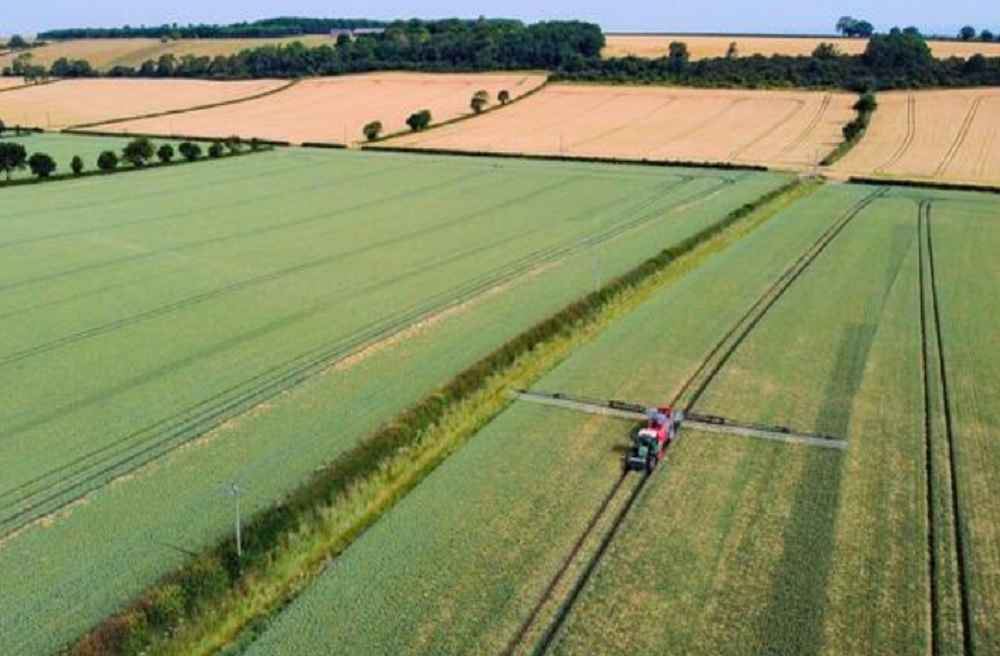
In a new study, South Dakota State University (U.S.) researchers explored what strategies are being deployed by farmers in South Dakota, Minnesota, Nebraska and North Dakota to combat the high cost of fertilizer.
The study was conducted by Tong Wang, Associate Professor in SDSU’s Ness School of Management and Economics, Matthew Elliott, Associate Professor in the Ness School, Heidi Sieverding, Research Scientist at the South Dakota School of Mines, and Stephen Cheye, Graduate Research Assistant with the Ness School.
The study found that most producers consider the surge in fertilizer prices to be one of the top three factors influencing farm operations during 2022-2024. As a result, 78 percent of farmers chose to alter their management practices: 34 percent of surveyed farmers adopted one and 44 percent adopted more than one adaptation strategy. Among all the adaptation strategies presented in the survey, biofertilizer (microbes) had the lowest adoption rate, at 14.5 percent, below manure/compost at 37.8 percent and variable rate at 37.2 percent. Farmers are more likely to make medium- and long-term adaptation plans than short-term adaptation decisions if high fertilizer prices continue. This could see a higher rate for biofertilizers. “Even though the usage rates for microbes remain the lowest for 2022 and the next three years, it has the highest expected growth rate,” stated the paper.
Study findings revealed that producers were highly interested in investing in new technologies, such as biofertilizers and VR fertilizer in the future. The authors stated that this calls for more research and development efforts to advance the use of biofertilizers and address the performance inconsistency challenges due to weather and undesirable microbes. “To overcome barriers toward VR adoption, especially from small farm operators, it is important to train specialized laborers in precision agriculture and provide custom services to interested farmers who lack expertise,” noted the authors.
Comparatively, the future growth rates for cover crops, DCR, and manure are modest. Current adoption rates for these practices also demonstrated significant regional differences. Study authors stated it is therefore important for policy makers to consider climate and infrastructure factors in promoting the best adaptation strategies on a regional basis.
On both DCR and manure adoption rates, the close resemblance between the findings and the 2017 census data implies that existing agricultural practices in the region play critical roles in farmers’ adaptation decisions with respect to high fertilizer prices. “This illustrates the importance for policy makers to take preventative measures by strengthening market and service infrastructure, and providing insurance and monetary incentives to facilitate adaptation strategies.”
The nonuniform increase in cover crop adoption rate could be attributed to recent flooding events, which likely introduced farmers in the severely affected regions to using cover crops. Similarly, the fertilizer price spike in 2022 will likely alter producers’ experience and expectations on the input costs of synthetic fertilizer, necessitating and reinforcing the need to reduce farmers’ overreliance on synthetic fertilizer and shift toward alternative resources that improve social benefits in the long term through channels such as promoting ecological diversity and reducing environmental pollution, noted the authors.